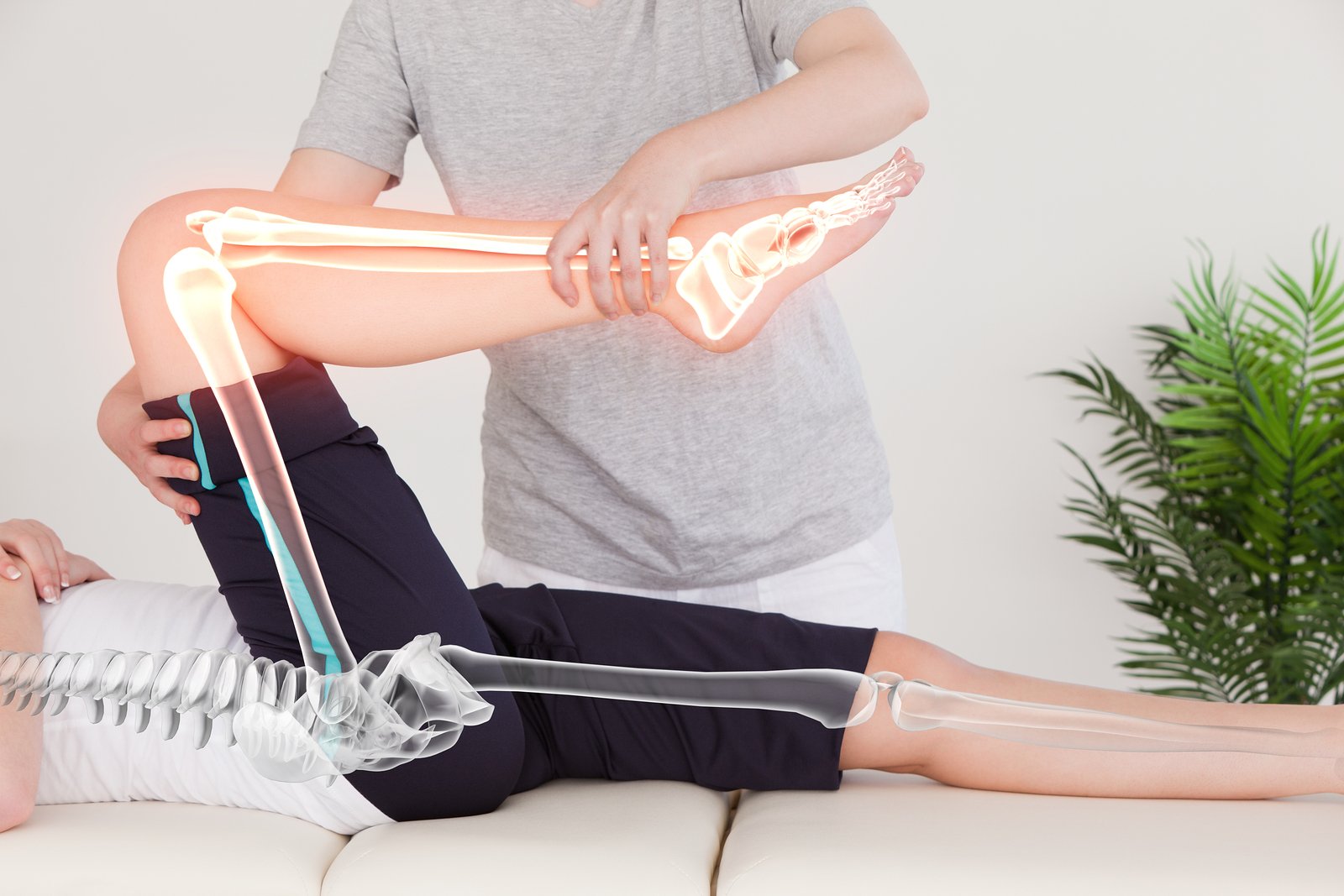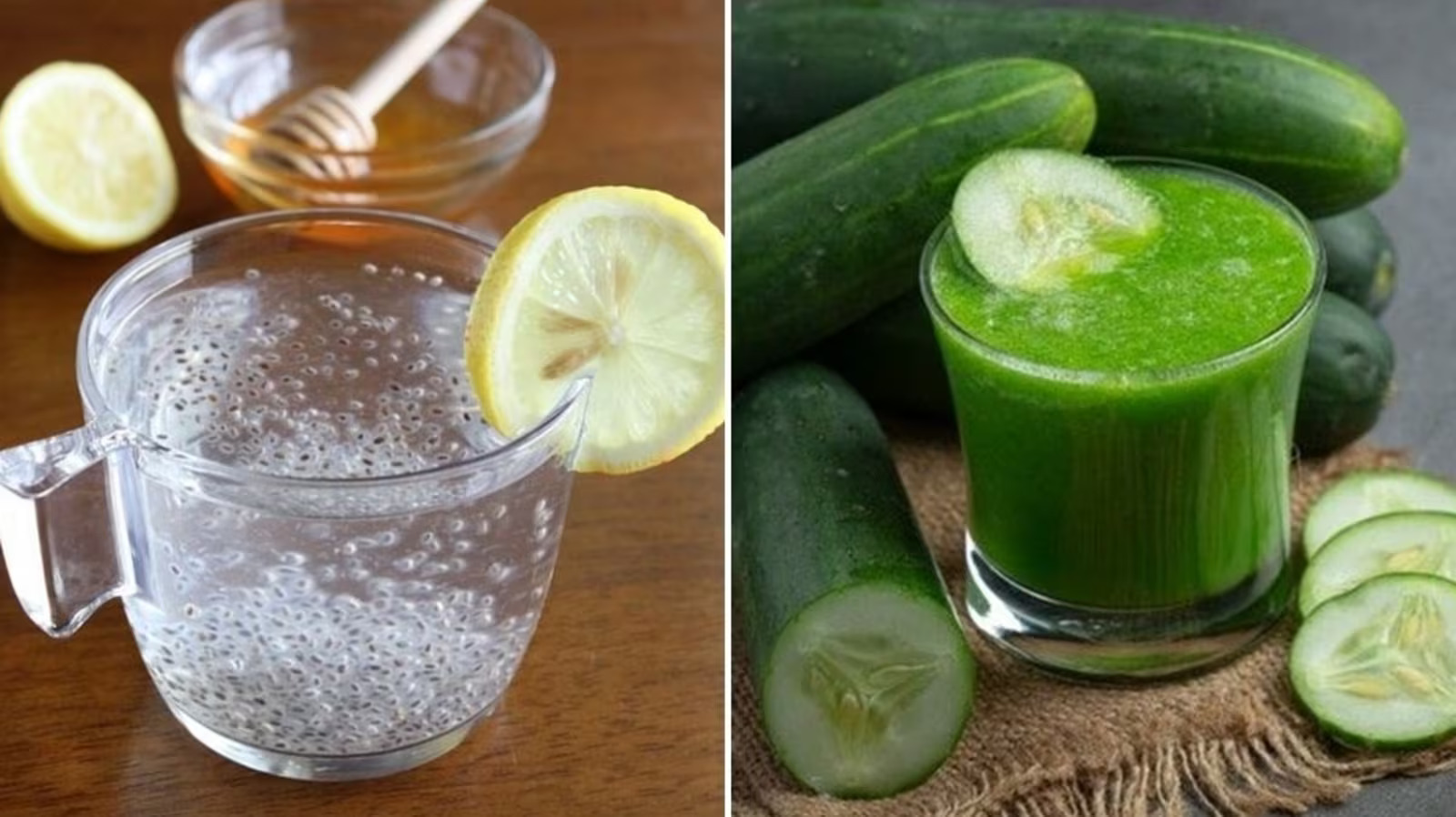Keeping a healthy bone system is essential to good overall health and many people seem to fail to understand this. Bones have many functions in the body – they store calcium, shield the organs, anchor muscles, build the body structure, and more. It’s important to build a strong bone system as a child and teenager, as well as maintain it in good condition in your adulthood. Man’s bones change throughout time, because old bone is broken down and new bone is built to replace it. At a young age, one’s body makes new bones rather faster than it breaks down the old bones (yes, this process actually occurs) and thus bone mass increases more easily.
Usually, most people reach the summit of their bone mass density around the age of 30. After that, the remodeling process continues, but the bone mass that you gain decreases slightly in time. After the age of 40, many people begin to lose 0.5% of their bone mass early. Losing bone density may lead to your bones being more predisposed to weakness and brittleness, which is exactly what the so well-known enemy called osteoporosis does to our bone health. Studies have indicated many times over that the right diet is one of the 2 most crucial elements to maintaining higher bone density and hence, a healthy bone system. The other is physical activity.
When we talk about diet, let’s take a look at 5 of the most important nutrients required for your proper bone health.
1. Protein
Protein-craving sportsmen would be over the moon for this one. Whether it’s grass fed whey protein isolate, concentrate or casein in their shakers, they’ll know it’s going to strengthen their bones. The fact that protein is a major building block of our bodies and it’s responsible for making and maintaining tissue, it’s only natural that it is one of the important players when it comes to bones. As a matter of fact, 20-30% of the human bone mass is made up of protein. To boot, sufficient protein intake stimulates growth hormones and factors in the body, which obliquely reflects on the bone system.
There are some suspicions that high protein intakes are associated with calcium loss, but the thing is calcium loss is not a straight link to osteoporosis. Furthermore, it has been found that protein improves calcium absorption, so losses and gains balance each other, plus a high calcium and protein diet is correlated to good bone health. A massive prospective research studied the link between daily protein consumption and the risk of hip fracture in postmenopausal women. Results hinted that many of the patients with hip fracture had a low protein intake (< 0.8 g/kg body weight/day). Another intervention study showed that post-fracture bone loss is alleviated by protein supplementation, because significant protein daily allowance reduces medical complications and hospitalization, and strengthens the muscles.
Although there’s no substantiated evidence that increased protein intake would be bad for bone mass, it’s probably reasonable to avoid a very, very high protein diet (more than 2g/kg or 2.5g/kg body weight/daily), but only if you have calcium deficiency.
2. Calcium
If this one came as a surprise to some of you reading this article, that would be a surprise on its own. After all, 99% of a bone is made out of it. Most adults normally need between 600-1000mg daily, with teens probably needing the most to support their development. Whenever the body needs calcium, it calls upon the bones to supply it.
It’s not all roses though, because despite being a major player in bone health, calcium alone is not enough for it and its efficiency and absorption rate is actually dependent on other minerals and vitamins like vitamin D, magnesium, vitamin K, and vitamin C. Some of which are part of the most important nutrients for bone health in the first place. Fortunately, calcium is easily obtainable, because it’s abundant in dairy products that are largely consumed in the modern European and American diets. Given the importance of calcium intake for children, it’s probably no wonder why milk commercials include little kids.
Despite that, while foods like yoghurt and cheddar cheese are great hosts of calcium, people should keep in mind that it’s advisable not to overeat with animal milk-based foods, because there are side effects of too much dairy consumption. Other potent on-dairy calcium sources include: Chinese cabbage, Chinese mustard greens, kale, Bok choy, kalettes, white beans, tofu, broccoli, pinto beans, sweet potato, and other leafy greens.
3. Vitamin D
It was mentioned just above as a co-factor for calcium absorption. In combination with vitamin C and stomach acids, this vitamin is crucial to the absorption of calcium and phosphate to ensure proper bone mineralization, and the prevention of hypocalcemic tetany. Vitamin D is also needed for bone remodeling and growth. If you suffer from vitamin D deficiency your bones may become brittle and thinner. Sufficient levels of vitamin D help prevent osteomalacia in grown-ups and rickets in kids. Small children, teenagers, and adults up to 70 years old usually require around 600 IU (15 mcg), while those older than 71 appear to need around 800 IU. To find out exactly how much vitamin D your body needs, you should undergo a vitamin D test.
The best source of vitamin D appears to be plain sun light. In fact, exposing larger parts of your body to solar light can stimulate it to produce between 10 000 IU and 25 000 IU of vitamin D in just 20, 30 minutes. That’s quite a lot, so if it’s summer where you live, grab your towel and sun glasses and hit the beach. Another great source of this nutrient is sea food such as salmon, mackerel and tuna, as well as fish liver oils like cod liver oil and other. Smaller amounts are found in egg yolks, beef, and cheese. These foods contain the vitamin D3 form and its metabolite 25(OH)D3. Some edible mushrooms offer vitamin D2 from absorbing ultraviolet light. Nowadays, most cow’s milk products consumed by Americans are also fortified with vitamin D.
4. Magnesium
Just like calcium, the better part of magnesium in our body is located within the bone system (60%), stored there as if in a reservoir. When our system needs magnesium, it’s being transferred into the blood stream. Similar to vitamin D, magnesium too is a vital nutrient that is a must if your body were to utilize calcium properly, because it increases calcium absorption from the blood stream into the bones. Magnesium is truly a unique mineral, because it plays a role in a vast array of biochemical reactions within the body. To support bone health, magnesium interacts with the parathyroid and thyroid glands by inciting the thyroid production of the bone-protecting hormone calcitonin, and the control of parathyroid hormone which regulates bone breakdown.
To boot, as with calcium, magnesium is also needed for the conversion of vitamin D into its active state. The lack of magnesium can cause what is known as a “vitamin D resistance” syndrome. Furthermore, this key mineral is required for a certain enzyme that is responsible for making new calcium crystals, known as alkaline phosphatase. Due to these factors, even a slight magnesium deficiency is reported to might be a cause for osteoporosis. Great magnesium food sources are: spinach, chard, soybeans, fish caviar and other sea food, pumpkin seeds, dark chocolate and raw cacao, almonds, black beans, avocado, kefir or yoghurt, figs, banana, and more.
5. Vitamin K
It has become clear in the past 10 years that vitamin K’s health benefits exceed that of its already established blood clotting properties. Evidence in human intervention and epidemiologic studies have categorically confirmed that this nutrient can improve bone health by decreasing the rate of fractures and boost bone mineral density in patients with osteoporosis.
Vitamin K (phylloquinone,) has 2 more common forms: vitamin K1 and vitamin K2. Vitamin K1 is a fat-soluble vitamin and comprises around 90% of the vitamin K in the nowadays Western diet. Vitamin K acts synergistically with vitamin D to fortify the bone system by maintaining bone density. In relation with both vitamins’ team work, latest studies have indicated that when combined with vitamin D, vitamin K1 would be sufficient in smaller dosages for bone health. There’s also increasing data that vitamin K1 has a positive effect on calcium balance, plus it also helps escort calcium to the places where it’s needed in the body. More recent recommended daily allowance for vitamin K1 has been increased by the Institute of Medicine to 120mcg/d for men and 90mcg/d for women, which is 50% more than previous daily values.
Vitamin K2 (a.k.a. Menaquinones or MK-n) is the most active vitamin K form. It stays longer in the body than K1 and can be synthesized in the stomach by microflora. While vitamin K2 assists significantly in reducing bone loss in general, it is particularly useful for that purpose in menopausal transition in women. The average female loses up to 10% of her bone mass during that time, so vitamin K2 supplementation seems like a good idea for the ladies. Some of the most notable food sources of vitamin K1 are: kale, collard greens, turnip greens, spinach, beet greens and mustard greens. Vitamin K2 can be found in yoghurt, cheese, fermented foods and natto.
Sources:
http://www.mayoclinic.org/healthy-lifestyle/adult-health/in-depth/bone-health/art-20045060?pg=2
https://www.ncbi.nlm.nih.gov/pubmed/8642450
https://ods.od.nih.gov/factsheets/Magnesium-HealthProfessional/








Leave a Reply
You must be logged in to post a comment.